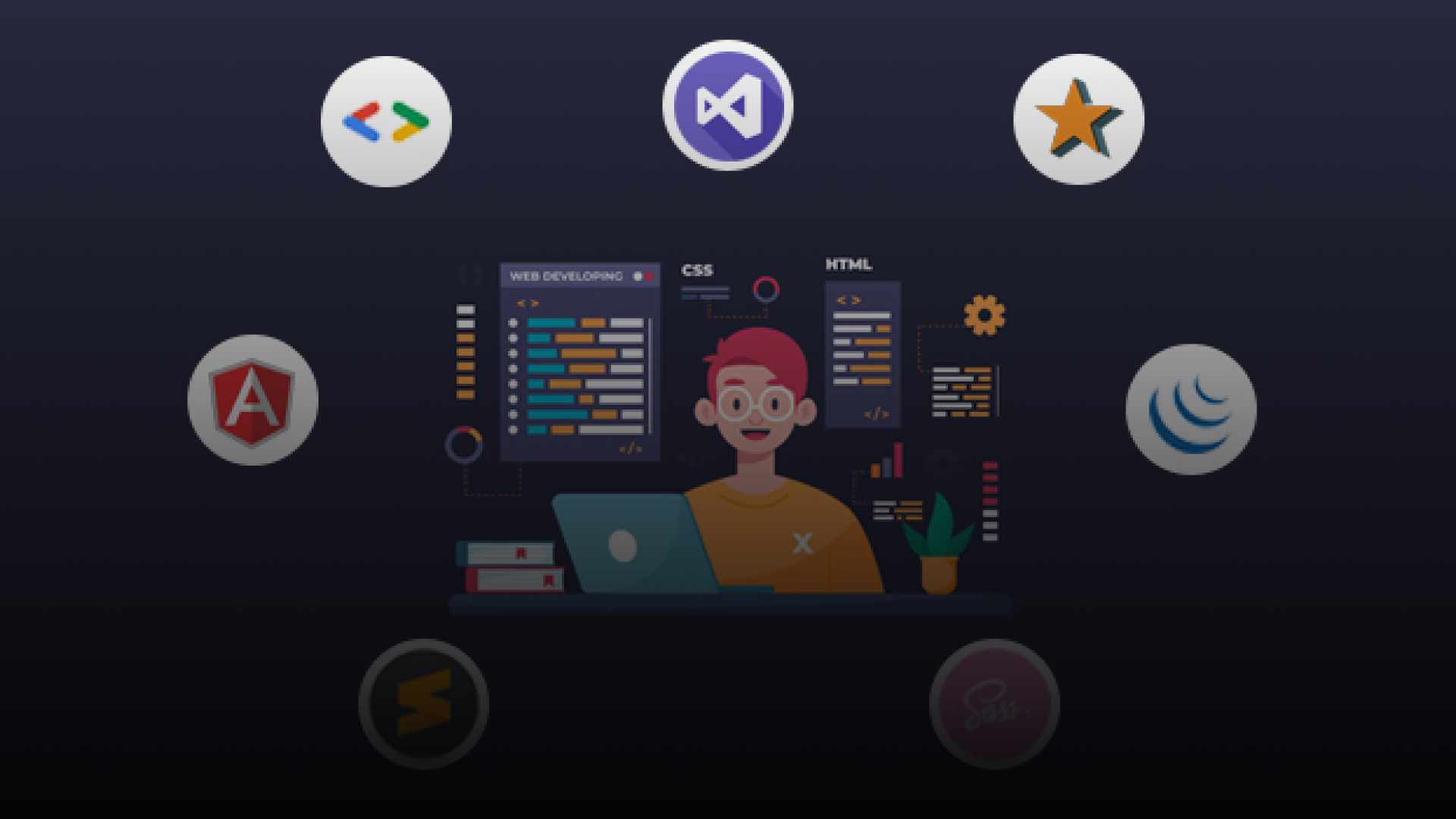Front-end development has undergone a remarkable evolution, propelled by advancements in technology and the ever-growing demand for immersive user experiences. The tools used by front-end developers have transformed significantly, influencing the way websites and applications are designed and interacted with. Let’s embark on a journey through the evolution of front-end development tools and their pivotal role in shaping the digital landscape.
1. The Era of HTML and CSS:
In the early days of the web, front-end development primarily revolved around HTML and CSS. These foundational languages laid the groundwork for structuring and styling web pages. As static web pages transitioned to dynamic, interactive experiences, the need for more sophisticated tools became apparent.
2. Rise of JavaScript Frameworks:
The emergence of JavaScript frameworks marked a turning point in front-end development. Frameworks like Angular, React, and Vue.js empowered developers to build complex, dynamic interfaces with ease. These tools introduced the concept of component-based architecture, enabling the creation of reusable and modular code for enhanced efficiency.
3. CSS Preprocessors for Styling:
To address the complexities of styling large-scale applications, CSS preprocessors like Sass and Less gained popularity. These tools introduced variables, functions, and mixins, allowing developers to write cleaner and more maintainable stylesheets. The preprocessor era streamlined the styling process and enhanced collaboration among design and development teams.
4. Task Runners and Build Tools:
As projects grew in complexity, the need for task runners and build tools became evident. Tools like Grunt and Gulp automated repetitive tasks, such as minification, compilation, and code optimization. This automation significantly improved development workflows, saving time and reducing the likelihood of human error.
5. The Advent of Static Site Generators:
Static site generators, such as Jekyll and Hugo, gained traction for their efficiency in building static websites. By precompiling pages, these tools delivered faster load times and improved security. The simplicity and speed of static site generators made them a preferred choice for various types of web projects.
6. Modern Build Tools and Module Bundlers:
The evolution continued with the introduction of modern build tools like Webpack and Parcel. These tools not only bundled and optimized assets but also supported the modularization of code through the use of ES6 modules. Front-end developers now had the power to manage dependencies and create optimized, production-ready applications effortlessly.
7. Jamstack Architecture:
In recent years, the Jamstack (JavaScript, APIs, and Markup) architecture has gained prominence, advocating for decoupling the front end from the backend. Tools like Next.js and Nuxt.js have embraced this architecture, enabling the development of performant and scalable web applications.
Conclusion:
The evolution of front-end development tools mirrors the dynamic nature of web development itself. From the simplicity of HTML and CSS to the sophisticated ecosystems of modern frameworks and architectures, each stage has contributed to enhancing the developer experience and user satisfaction. As we look toward the future, the evolution of front-end tools will likely continue, driven by the ongoing quest for innovation and the pursuit of creating exceptional digital experiences.

